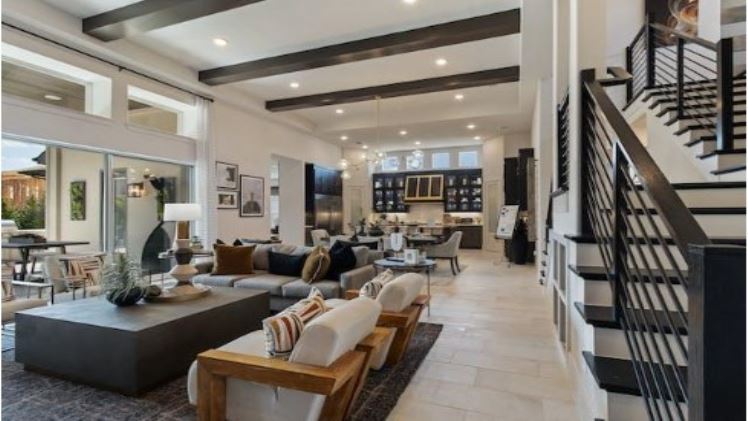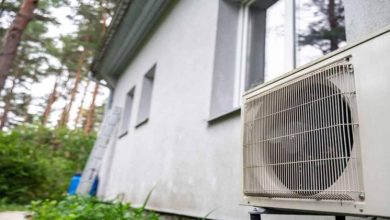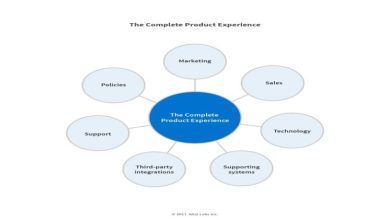7 Things to Keep in Mind When Designing Your New Home

Designing your new home is an exciting adventure, but it can also be overwhelming. Whether you’re building from scratch or remodeling, the decisions you make during the design phase lay the foundation for your dream home.
In this guide, we’ll explore seven essential factors to consider when designing your new home, ensuring that every detail reflects your style, functionality, and comfort.
Functionality and Practicality
The key to a well-designed home is ensuring it’s functional and practical for your lifestyle. Consider how each space will be used daily. Plan the layout accordingly, ensuring easy flow and functionality between rooms.
Think about the number of bedrooms and bathrooms needed, the placement of the kitchen in relation to the dining area, and any additional spaces like a home office or entertainment area.
Natural Light and Ventilation
Embrace natural light and ventilation when designing your home. Consider the orientation of your home in relation to the sun’s path to maximize natural light throughout the day.
Strategically place windows, skylights, or glass doors to invite ample natural light and fresh air into your living spaces. This not only enhances the ambiance but also contributes to energy efficiency.
Energy Efficiency and Sustainability
Incorporating energy-efficient features and sustainable materials during the design phase can benefit both the environment and your pocket.
Opt for energy-efficient appliances, LED lighting, proper insulation, and eco-friendly building materials. Consider renewable energy sources like solar panels to reduce your home’s carbon footprint and long-term energy costs.
Flexibility for Future Needs
Design your home with flexibility in mind to accommodate future changes or evolving needs. Consider versatile spaces that can adapt over time, such as convertible rooms that can serve multiple purposes or adaptable storage solutions that can grow with your family’s needs.
Look for options like a walk-in bathtub to help with age related physical difficulties that you or your family member may encounter later on. Designing with flexibility ensures your home remains relevant and functional for years to come.
Storage Solutions and Organization
Effective storage solutions are essential for maintaining a clutter-free and organized home. Integrate ample storage space into your design, including built-in cabinets, closets, or multipurpose furniture with hidden storage compartments.
Think creatively about utilizing underutilized spaces, such as under staircases or within walls, to maximize storage opportunities.
Personalization and Aesthetic Appeal
Your home should reflect your unique style and personality. Consider your preferred interior design style, color palette, and overall aesthetic when planning.
Incorporate design elements, textures, and finishes that resonate with your taste while ensuring a cohesive look throughout the home. Personal touches can range from architectural features to decorative elements that make the space feel uniquely yours.
Budget and Long-Term Maintenance
Set a realistic budget and prioritize your design choices accordingly. Factor in not only the initial construction costs but also long-term maintenance expenses. Invest in durable materials and quality finishes that require minimal upkeep. Invest in high quality Professional LP Siding Installation to enhance the value of your home.
Consider the life cycle costs of various design options to ensure your home remains beautiful and functional for years to come without breaking the bank.





